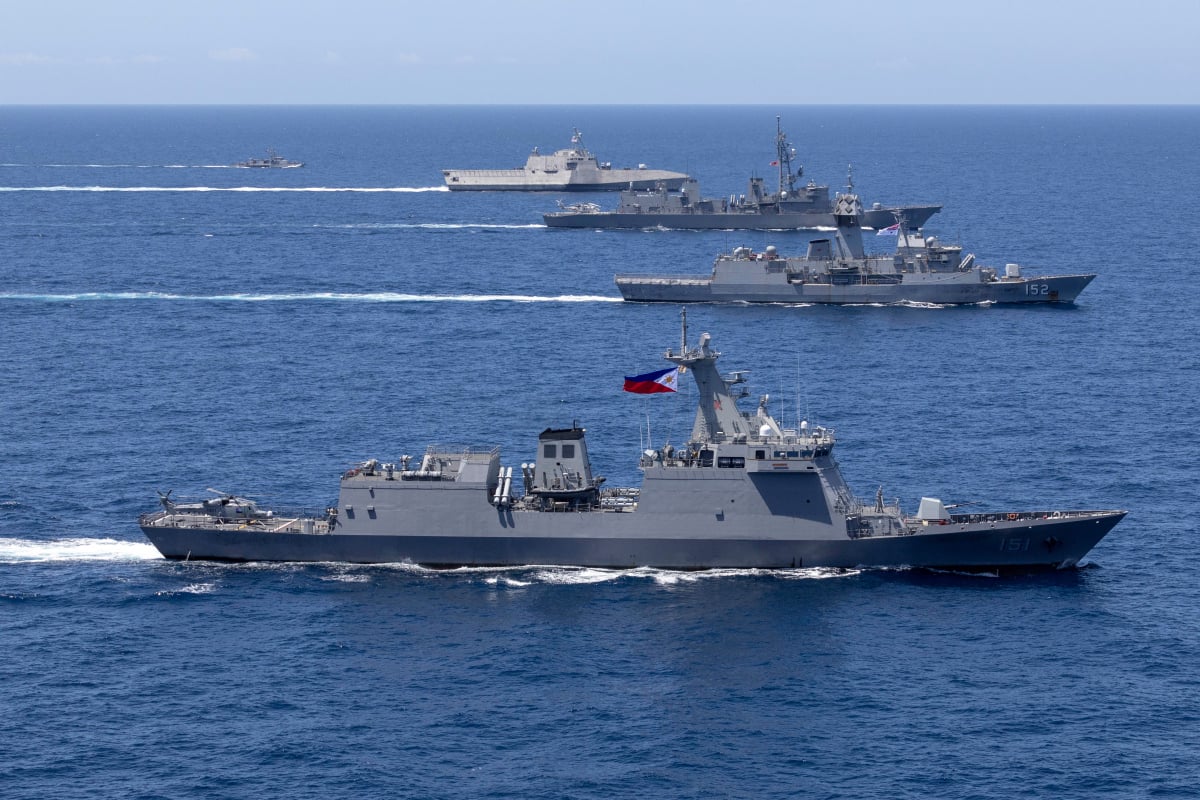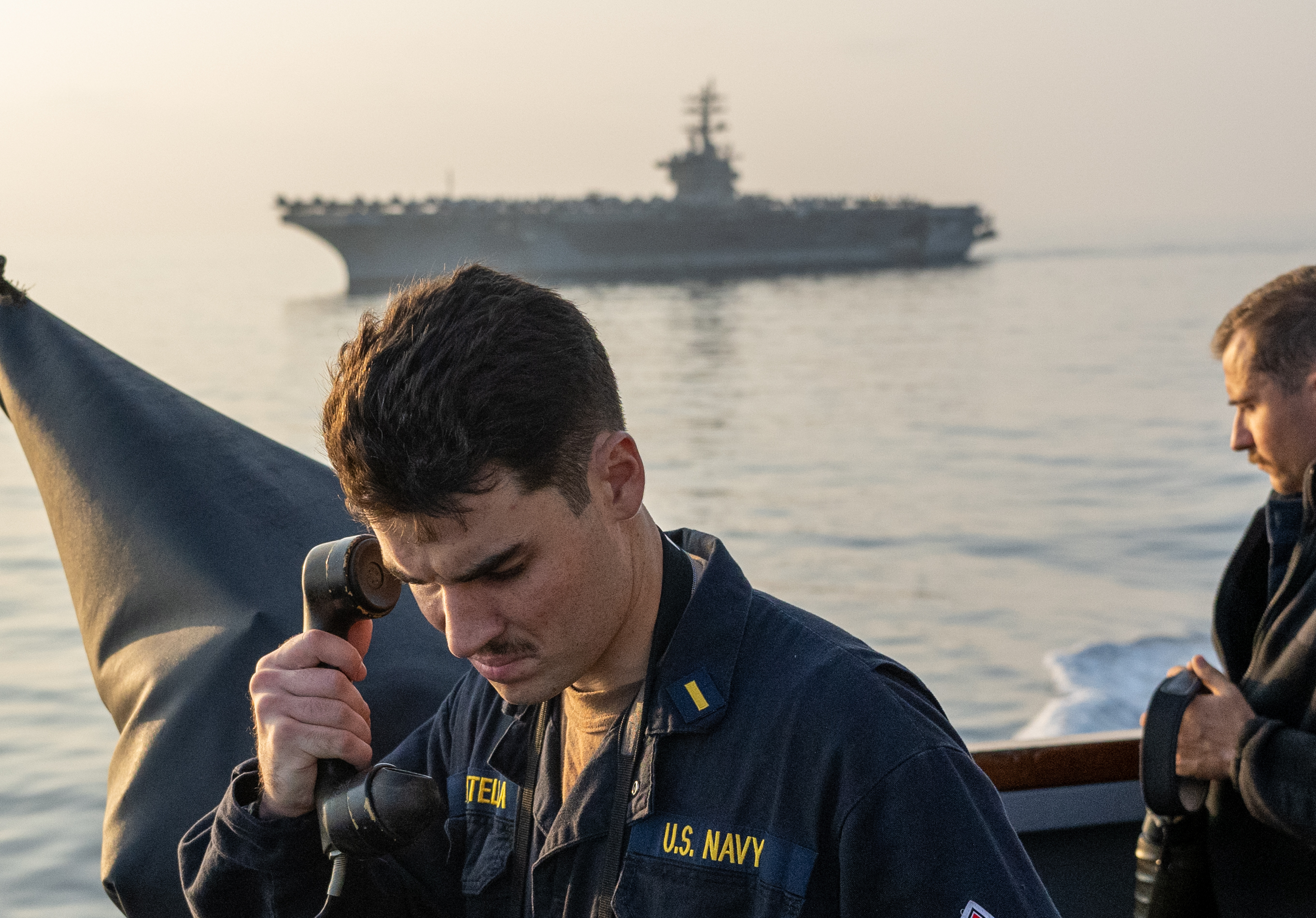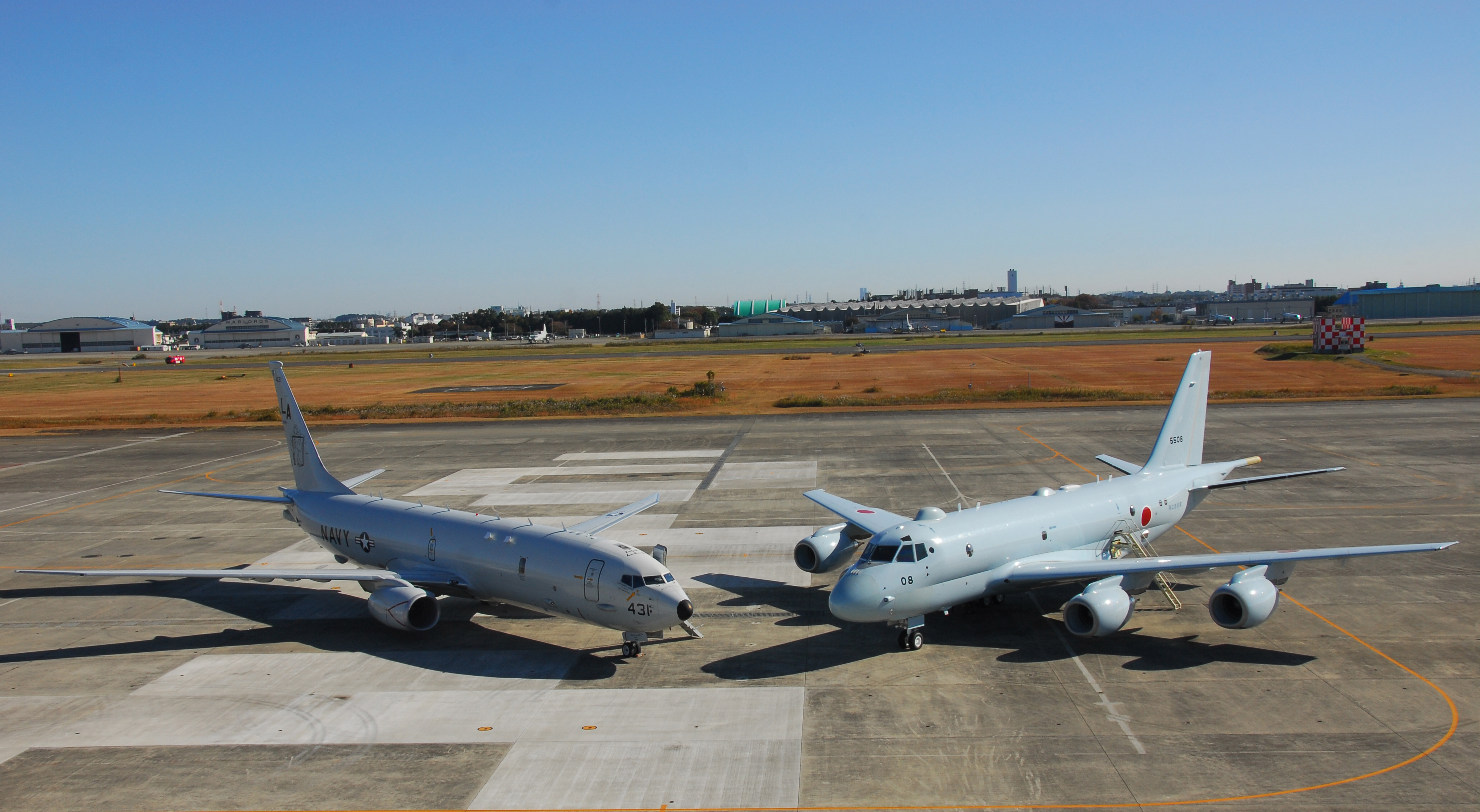
Japan should be added to the “Five Eyes” intelligence-sharing network between the United States and its closest allies, argues a new report, along with other recommendations to strengthen the relationship between the U.S. and one of its closest treaty allies.
Speaking Wednesday at the Center for International and Strategic Studies, Ambassador Richard Armitage, one of the report’s authors, said, “we’re pretty far along” in the intelligence-sharing between Washington and Tokyo now.
The “Five Eyes” – the United States, United Kingdom, Australia, Canada and New Zealand – share the most sensitive intelligence concerning anti-submarine warfare, space imaging and missile defense.
Armitage said at the event that Tokyo “is the most capable U.S. ally in the world” and it is in the “most important region in the world.” The Japan Self-Defense Forces have made significant investments recently in systems that would contribute to their information-gathering and command and control of that data, and while Armitage noted that adding a new country into the close-knit fold would be a big step, he said, “we make the point [in the new report, “More Than Ever”] if you’re standing still, you’re falling behind.”
He admitted a number of the recommendations on security and economics are “aspirational,” such as talks of open trade despite the U.S. withdrawal from the Trans Pacific Partnership.
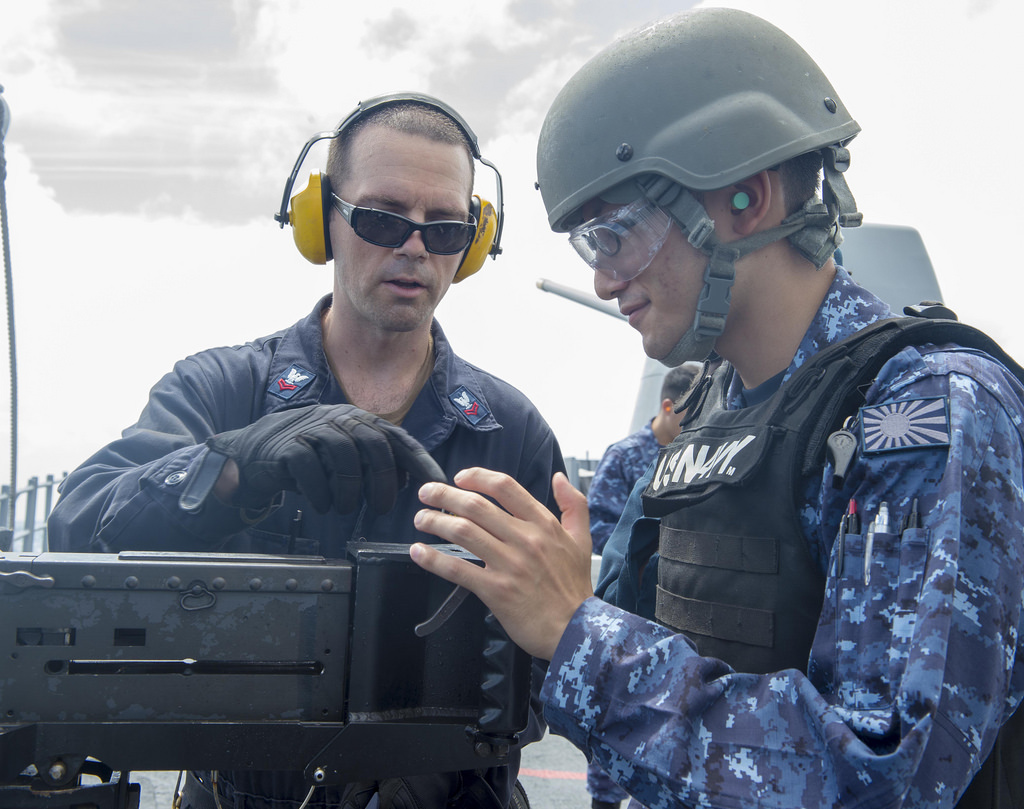
Concentrating of its security recommendations, Zack Cooper, a resident fellow at the American Enterprise Institute, said, “we have to spend smartly.” One example of doing this is joint basing – such as what currently takes place on Misawa Air Base between the Japanese Air Self-Defense Force and U.S. Air Force. The idea would reduce duplication of ports and air fields, provide more flexibility and promote interoperability. For the civilian population, including those living on Okinawa, “it would reduce the burden” of having so many military installations in their communities.
The report notes that joint operations also would improve “burden-sharing” in paying for security and eliminate “a potential wedge issue” between allies.
Armitage said earlier that Japan pays about 75 percent of the cost of having the United States operate from bases on its islands. Joseph Nye, a Harvard professor and co-author, added, “the alliance is in remarkably good shape … in terms of burden-sharing.”
Nowhere is the potential “wedge issue” more visible than in Okinawa, where the election of Denny Tamaki, 39, as governor continues calls there for a shutdown of American bases. Sheila Smith, a senior fellow at the Council for Foreign Relations, said the vote requires Washington and Tokyo “to understand the sentiments” of Okinawans when it comes to the future of the alliance.
She added later that that tension may be an ongoing challenge, as Tamaki’s election signals the rise of a new generation of political leaders in Japan. “He didn’t win by a narrow margin. He’s a new force.”
Cooper said another hefty recommendation, the creation of a Combined Joint Task Force for the Western Pacific, would “take some of the burden from the [U.S.] commander of the Indo-Pacific” in dealing with headquarters in Washington and maintaining liaisons with allied forces, like Korea and Australia, and partners.
The task force, which would also handle training and exercises, is designed “to be able to respond quickly any Chinese escalation” of tensions in the East China Sea, “where we are under the most pressure,” Cooper said. That pressure includes Chinese claims on islands that Japan controls, backed up by constant naval presence and air patrols to assert those claims, as well as threats – also reinforced with aggressive air and naval presence – to move militarily against Taiwan.
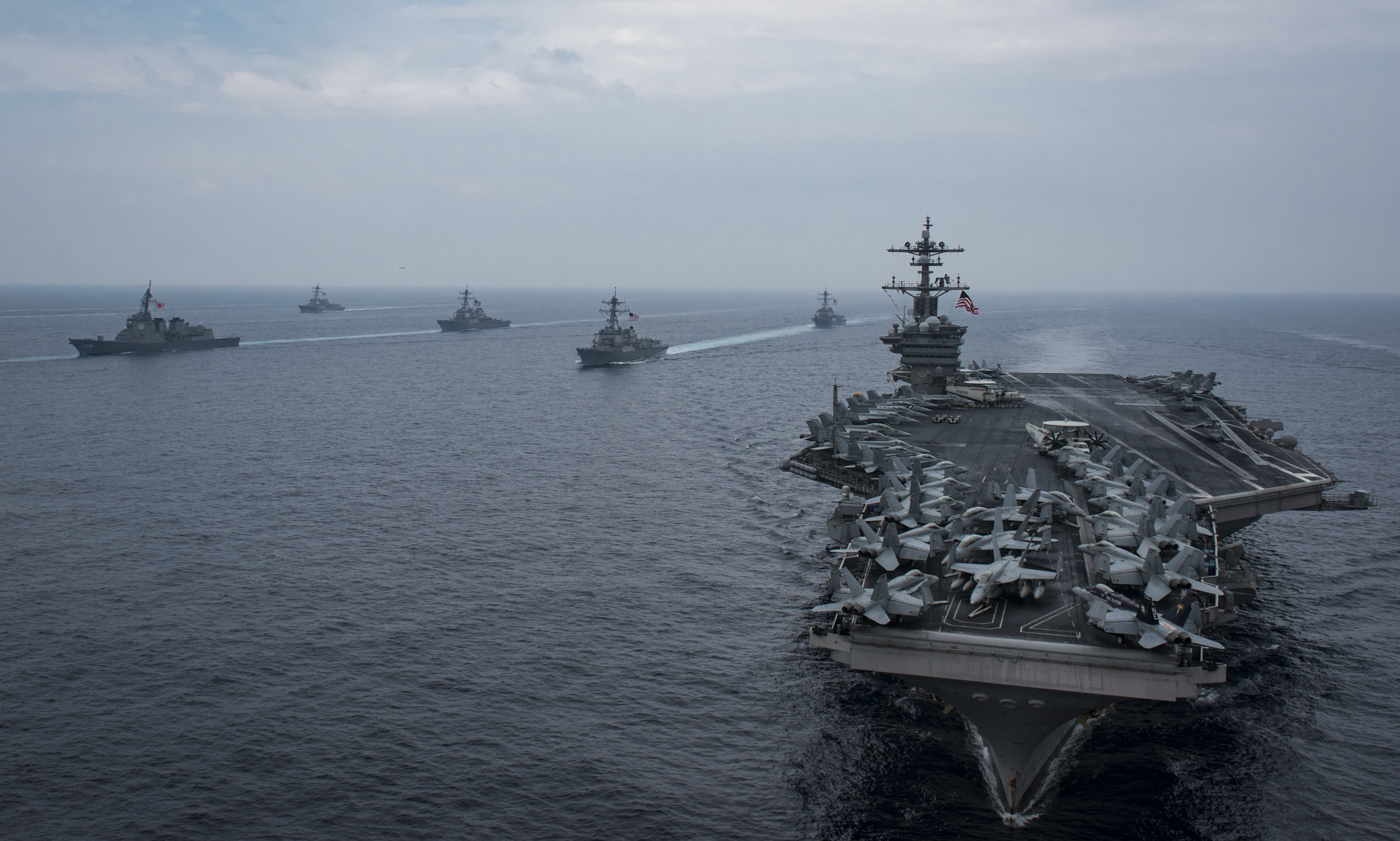
Unlike 2000, when the first CSIS report on the U.S./Japan alliance was published, “we increasingly have to worry about contingencies” in areas like the East China Sea, Michael Green, CSIS vice president for Asia and China, said at the event. The report highlights the “need to move faster” and “gaining more capabilities than China” through strengthening the bilateral alliance. It also recommends and suggests ways to draw Australia and South Korea, allies under separate treaties, into jointly addressing issues from the Indian Ocean across the Pacific.
Referring to the most pressing issue, North Korea’s nuclear weapons and missile programs, Victor Cha, a senior adviser at CSIS, said “we don’t know where this is going to go” in terms of talks between Seoul and Pyongyang or between President Donald Trump and Leader Kim Jong Un. But “the threats are very real” and immediate to South Korea and Japan.
Pyongyang’s sophisticated missile program and advanced artillery placement near the Demilitarized Zone spotlight the “need to better coordinate between Tokyo and Seoul, as well as trilateral” defense needs. He cited missile defense and counter-proliferation of weapons of mass destruction as trilateral issues.
In another multilateral cooperation idea, Cooper said the report noted Japan also could learn from the Australian experience in developing its own Joint Operations Command to handle training, immediate readiness issues and long-term innovations for its ground, air and naval forces.
“Such a command structure,” adapted to Japanese culture and history and budget realities, would “get to the underlying need” for jointness in the Japan Self-Defense Forces and also allow them to coordinate more effectively with Tokyo’s allies.
In the end, the strength of the military relationship between Tokyo and Washington “is what backstops the alliance,” Green said, allowing the economic development to grow.


